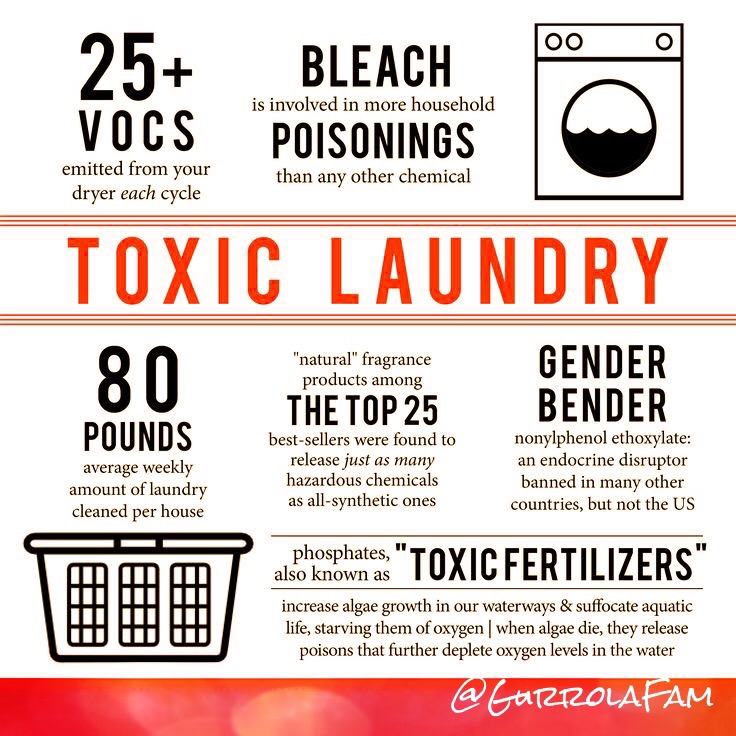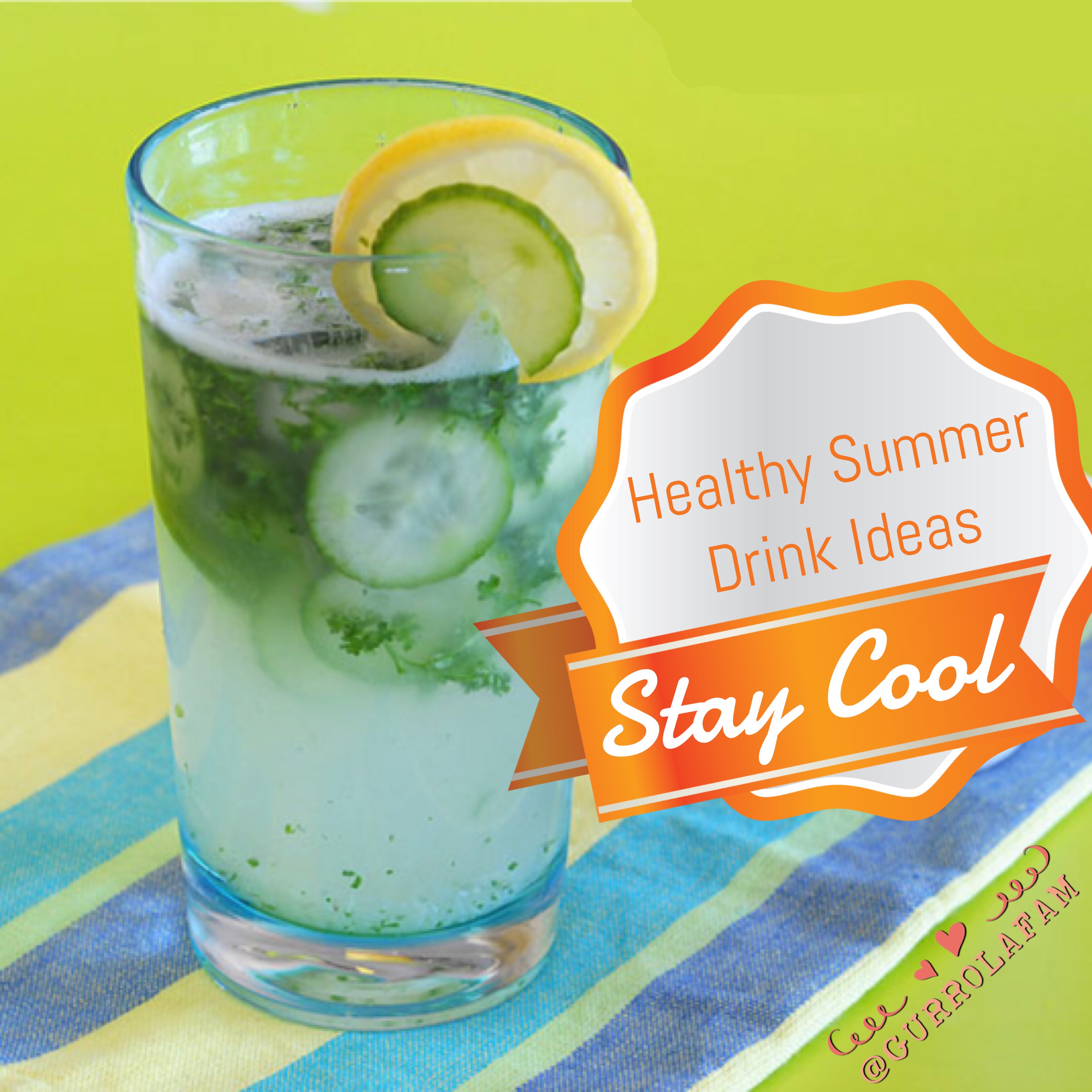
Summer is here! Well in Central California at least! Here’s a healthy & tasty way to keep cool!
Cucumbers are very refreshing and hydrating. While they are composed mostly of water, the skin is rich in fiber and contains silica, potassium, and magnesium. A lot of people don’t like the skins of cucumbers, but they are worth eating so you can get those minerals. Make sure you use organic cucumbers if you’re going to eat the skin.
Coconut water is very hydrating and is full of natural electrolytes.
Parsley is full of nutrition with a large amount of available vitamin K, C, and A, along with anti-oxidants that help cleanse the blood. Parsley is also a great source of folic acid, which is one of the most important B vitamins. To green smoothies and beverages, parsley adds a mild “green” flavor that is light and refreshing. Because of the high nutritional value of parsley, I’ve started keeping it on hand regularly and I use it in just about everything.
You could add a variety of ingredients to this recipe. Watermelon would be divine. Honeydew would also be a delicious flavor to compliment the cucumber and citrus.
Ingredients
• 2 cups coconut water
• 1 small cucumber, washed and thinly sliced or chopped
• ½ cup fresh lemon juice
• 1 large bunch parsley, chopped fine
• 1 tsp. fresh, grated ginger
• ½ tsp raw honey
• ice
Instructions
There are two ways you can make this – it’s delicious either way:
1. Chop the cucumber and parsley and add to a quart jar. Add the honey, coconut water, lemon juice, and ice. With a tight fitting lid, shake vigorously until combined. Serve immediately. When you get done with the beverage, you’ll have a fresh little salad in the bottom of your glass. Some people might think this is weird – I thought it was tasty.
2. In a blender, add all the ingredients, except the ice and pulse to combine. Pour over ice and serve. If you want it more like a slushee texture, add some ice and blend to desired consistency.
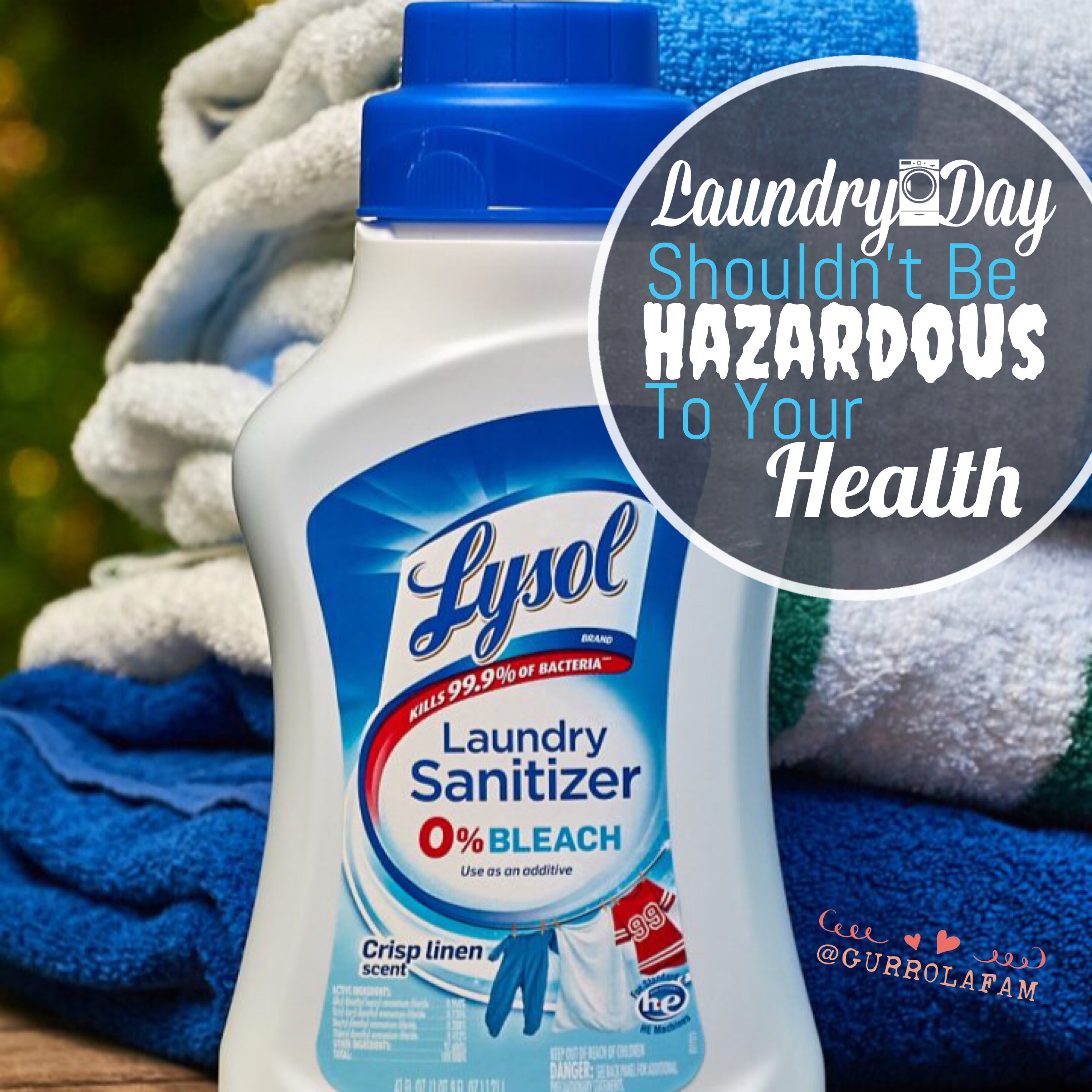
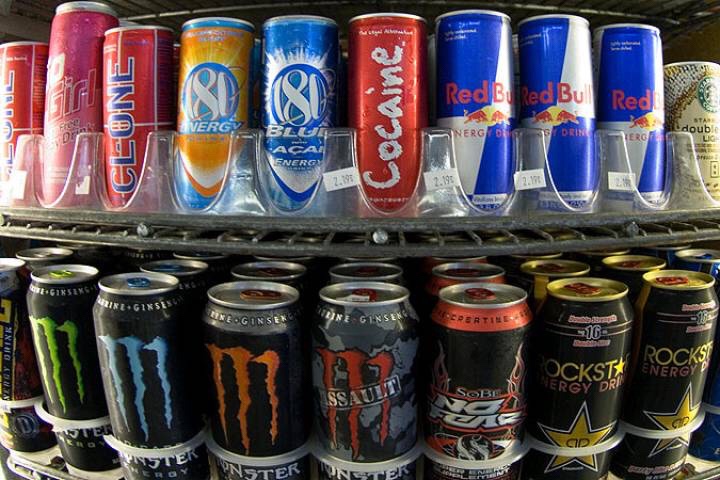
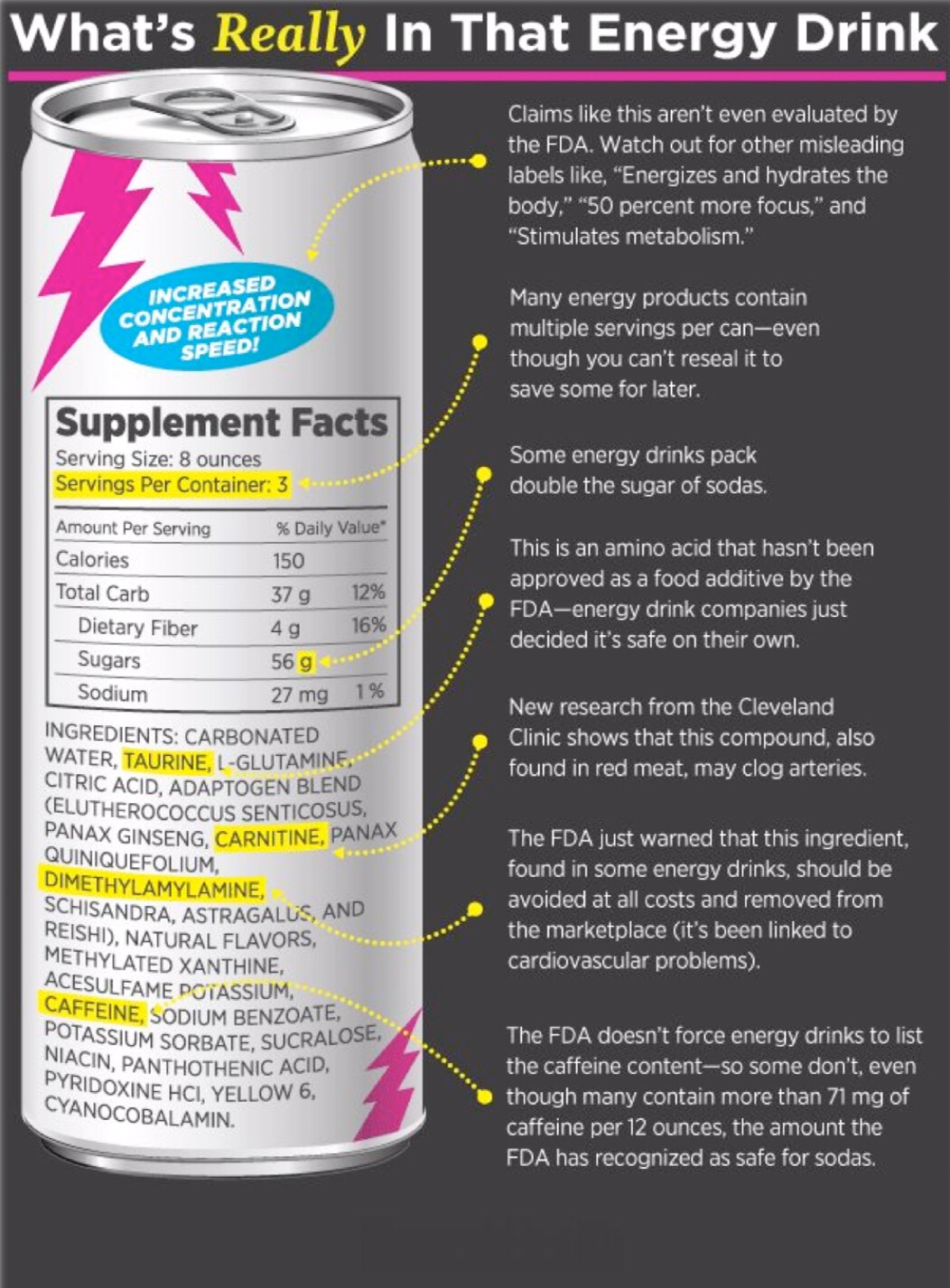 The ingredients in energy drinks all have specific effects and can affect a person differently, depending on their characteristics. Focus on trying to get enough sleep, proper nutrition and exercise regularly to keep your energy level up.
The ingredients in energy drinks all have specific effects and can affect a person differently, depending on their characteristics. Focus on trying to get enough sleep, proper nutrition and exercise regularly to keep your energy level up.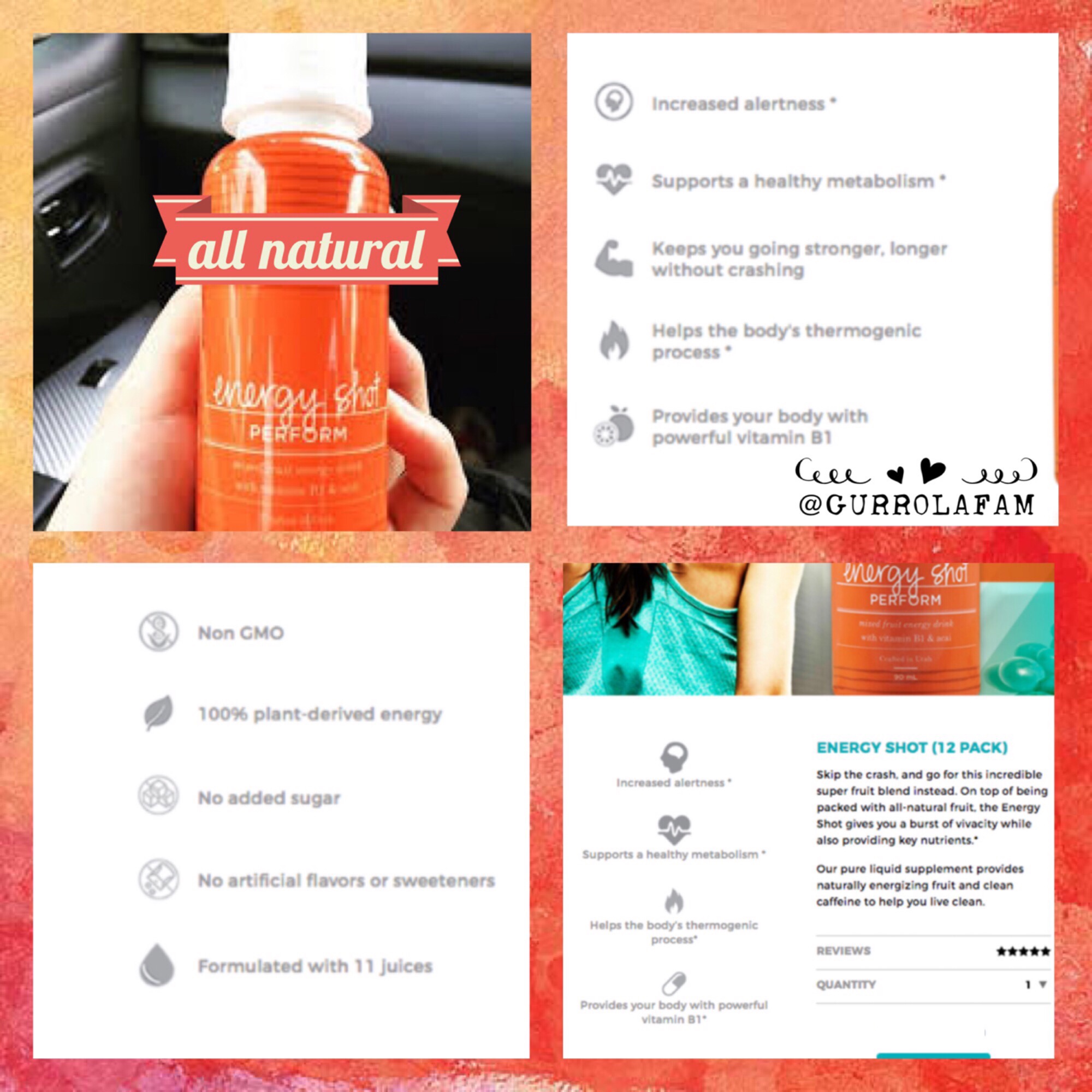 However there IS a natural way to get more energy. Modere’s Energy Shot has only natural ingredients, with none of the junk! One 90ml bottle a day:
However there IS a natural way to get more energy. Modere’s Energy Shot has only natural ingredients, with none of the junk! One 90ml bottle a day:
 This recipe makes moist and cake-like gingerbread that packs a sneaky serving of black beans in each bite. They are loaded with protein, fiber, and nutrients for a healthier treat. (I’ll be adding another more crisp option)
This recipe makes moist and cake-like gingerbread that packs a sneaky serving of black beans in each bite. They are loaded with protein, fiber, and nutrients for a healthier treat. (I’ll be adding another more crisp option) This Cucumber Greek Salad is light and refreshing, and full of healthy ingredients. With minimal prep, it makes an easy side dish for any meal!
This Cucumber Greek Salad is light and refreshing, and full of healthy ingredients. With minimal prep, it makes an easy side dish for any meal!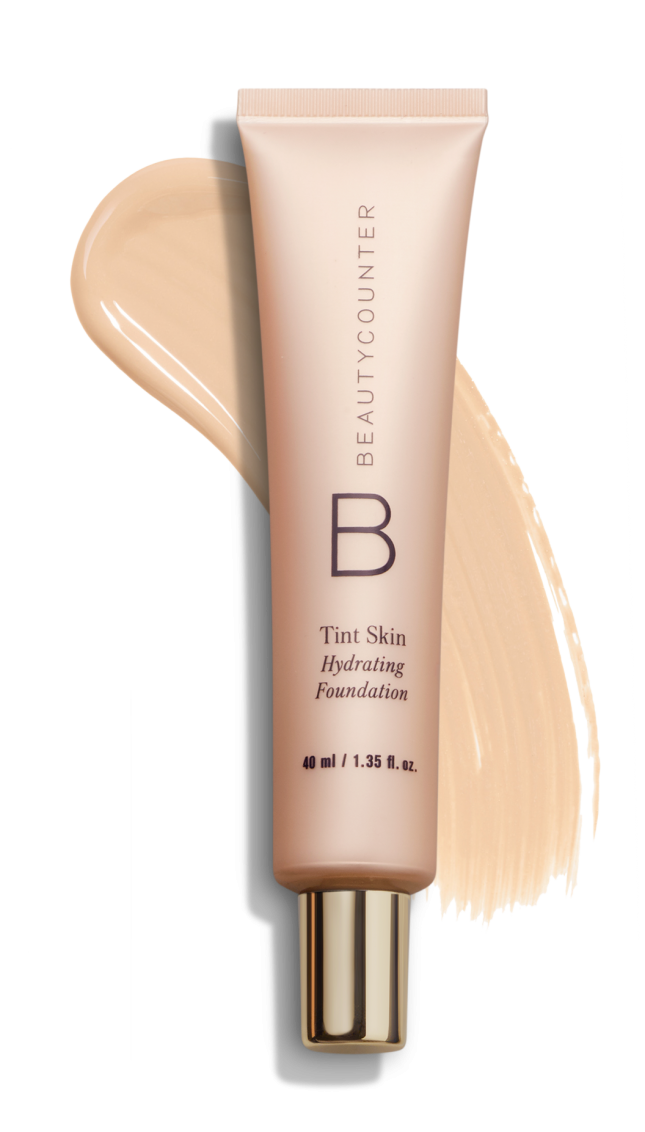 What initially drew my eye: Beautycounter’s commitment to products with safe ingredients. They have a list of over 1,500 ingredients that they promise to never use. They regularly pour over all sorts of studies and even commission some of their own to examine ingredients for toxicity. That’s awesome. But that’s not the whole story.
What initially drew my eye: Beautycounter’s commitment to products with safe ingredients. They have a list of over 1,500 ingredients that they promise to never use. They regularly pour over all sorts of studies and even commission some of their own to examine ingredients for toxicity. That’s awesome. But that’s not the whole story.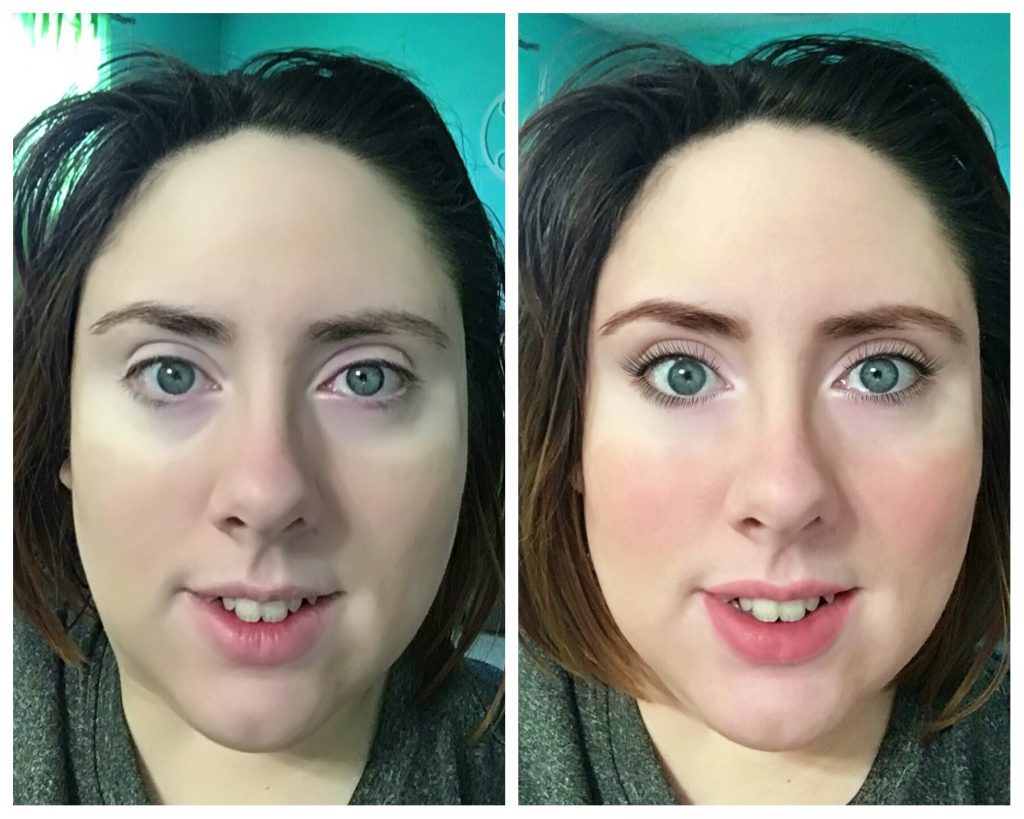
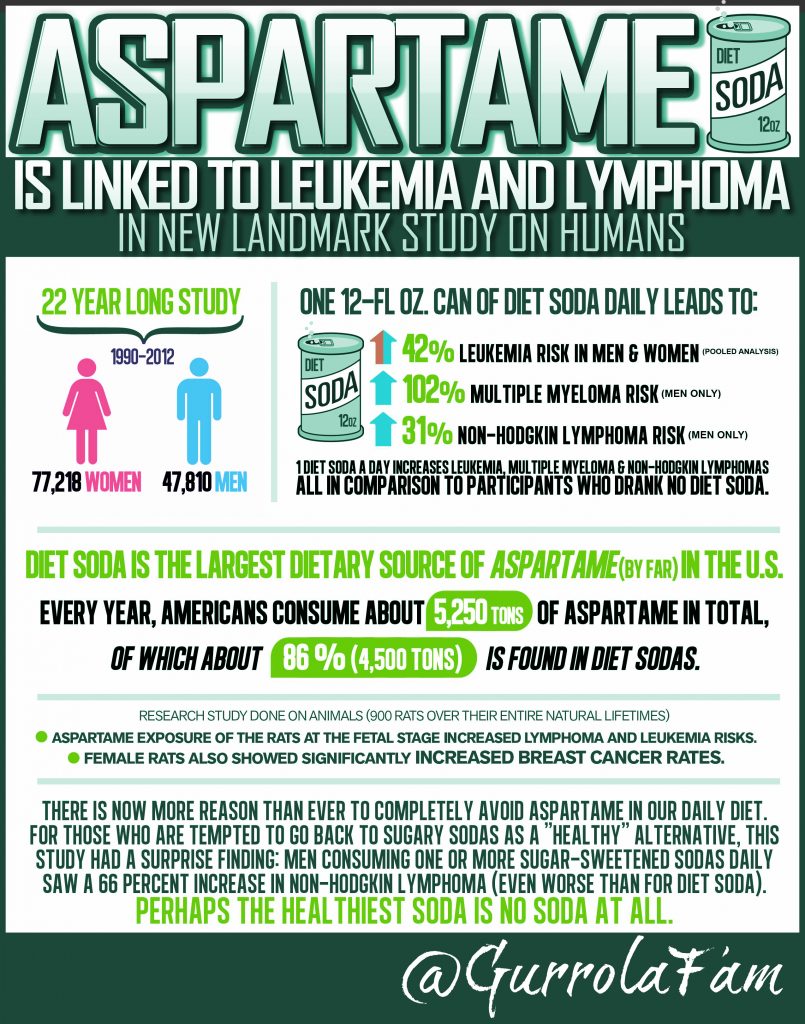 As few as one diet soda daily may increase the risk for leukemia in men and women, and for multiple myeloma and non-Hodgkin lymphoma in men, according to new results from the longest-ever running study on aspartame as a carcinogen in humans. Importantly, this is the most comprehensive, long-term study ever completed on this topic, so it holds more weight than other past studies which appeared to show no risk. And disturbingly, it may also open the door for further similar findings on other cancers in future studies.
As few as one diet soda daily may increase the risk for leukemia in men and women, and for multiple myeloma and non-Hodgkin lymphoma in men, according to new results from the longest-ever running study on aspartame as a carcinogen in humans. Importantly, this is the most comprehensive, long-term study ever completed on this topic, so it holds more weight than other past studies which appeared to show no risk. And disturbingly, it may also open the door for further similar findings on other cancers in future studies.
